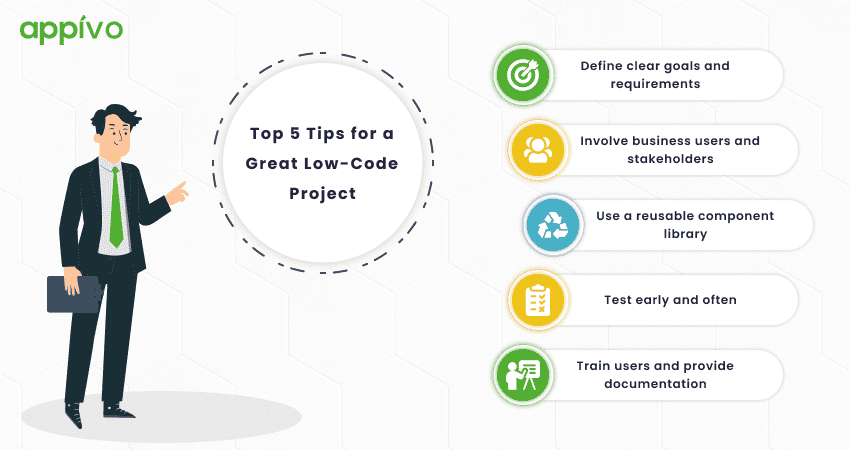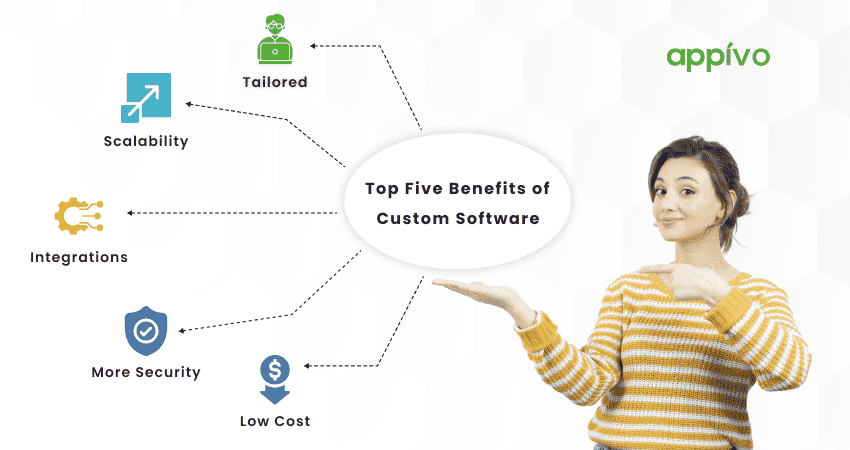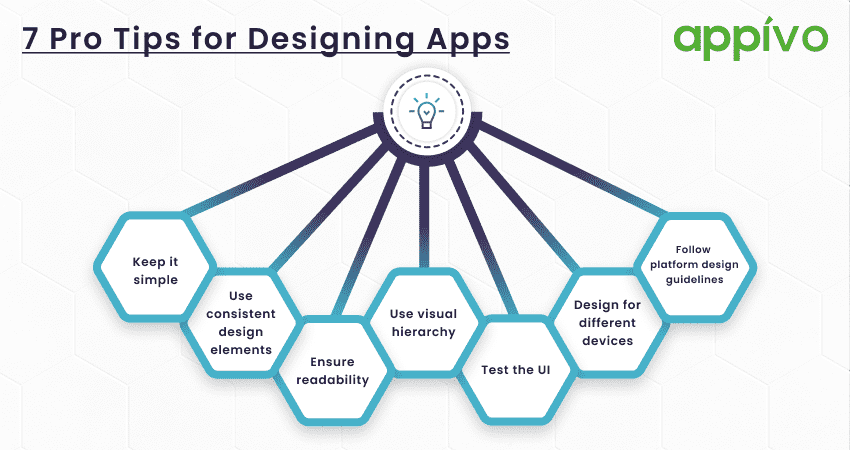
Top 5 Tips for a Great Low-Code Project
February 21, 2023
This article describes the top 5 tips for a great low-code project. Whether the project is for employees, partner, customers or another audience, these tips will help prevent common mistakes. If you’re new to project management, managing development projects or low-code then you’re sure to find something useful. If you’re a seasoned project manager then the below tips might serve as good reminders.
Table of Contents
1. Define clear goals and requirements
Start by clearly defining the goals and requirements of the project. This will help ensure that the project stays on track and meets the needs of the business or whoever the users might be. Define the scope of the project, the target users, and the functionality that needs to be delivered. It’s also important to understand future scalability requirements and any time or budget constraints.
2. Involve business users and stakeholders
Low-code development platforms enable less-technical users to create applications. Therefore, it’s important to involve business users and stakeholders in the development process. This will help ensure that the application meets the needs of the business and is aligned with the organization’s overall strategy. Perhaps more importantly, the continued involvement of business users ensures that the project stays aligned as the project progresses. Frequent checkpoints are critical to success and to avoid veering off course.
Check out this article for tips on how to assign business rules to automation.
3. Use a reusable component library
Low-code platforms should provide a library of pre-built components that can be used to create applications. By using a reusable component library, developers can reduce the amount of time and effort required to build applications. This will also help ensure consistency across different applications, making it easier to maintain and update them. This applies to both functional components as well as UI elements, which lead to consistent branding. This is especially important when creating multiple apps that all need to have the same look and feel.
4. Test early and often
Testing is an important part of the development process, and low-code platforms enable developers to test applications quickly and easily. It’s important to test the application early and often to ensure that it meets the needs of the business and works as intended. To maximize testing value, include business users and stakeholders (see tip #2). This will help identify issues early on in the development process, making it easier and less expensive to fix them. Development delays often result in less time for testing, so be sure to identify the minimum amount of testing required and protect that time.
5. Train users and provide documentation
Low-code platforms enable less-technical users to create applications, but they still require some training and guidance. It’s important to provide users with the training and documentation they need to use the platform effectively. This will help ensure that the applications they create are of high quality and meet the needs of the business. Similarly, consider what kind of training and documentation, if any, end-users of the application might need. End-user resources will result in a smoother rollout, happier users, and fewer support calls.
By following these top 5 tips for a great low-code project, you can ensure that your project is successful, meets the needs of the business, and delivers value to your organization. Or at least the odds of success will be better.
Learn more about how you can apply these tips to an Appivo low-code project by signing up for a free trial or contacting an advisor from our services team. Not sure if low-code is right for you? We want you to be successful, so we’ll always steer you in the right direction.
Recent Post
Top Five Benefits of Custom Software
June 13, 2023
7 Pro Tips for Designing Apps
May 16, 2023
What is low-code?
April 18, 2023
8 Good Ideas for Improving App Adoption
March 21, 2023
Top 5 Tips for a Great Low-Code Project
February 21, 2023





